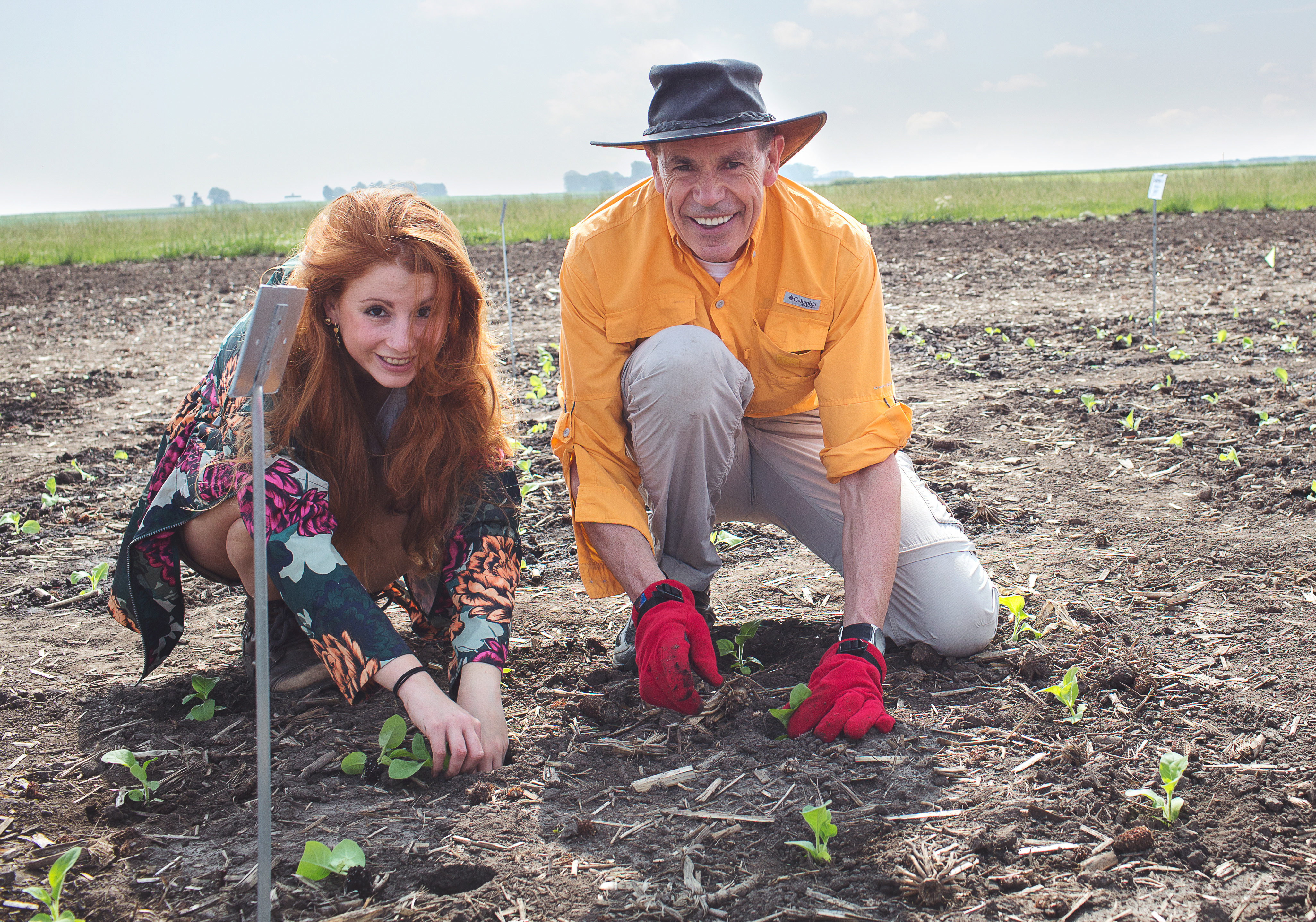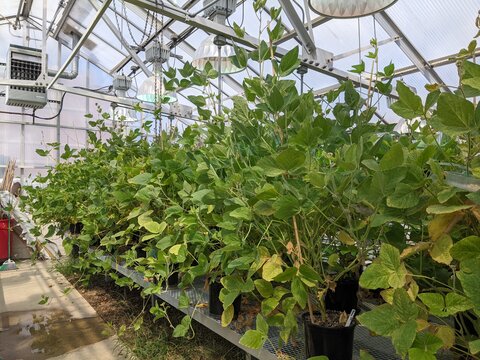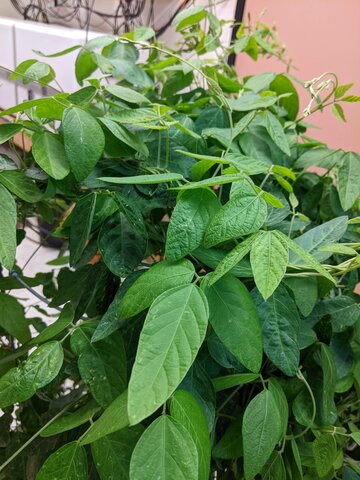Mesophyll conductance doubles in soybean domestication, providing opportunity to be enhanced through selective breeding

In a new study conducted by the Realizing Increased Photosynthetic Efficiency (RIPE) project, researchers at the University of Illinois Urbana-Champaign looked back in time at soybean growth and discovered that modern plants have increased mesophyll conductance. This means that carbon dioxide travels faster from inside the leaf to the carbon-fixing enzyme Rubisco and consequently increases photosynthesis without loss of additional water.

This discovery was recently published in Plant, Cell and Environment.
“We thought it would be really intriguing to look at some ancestral cultivars of soybean and compare them to a modern cultivar, this gives us an insight into whether there is natural variability to assist direct breeding selection for increased productivity and water-use efficiency” said Elena Pelech, a postdoctoral researcher in the Long Lab.
“I grew a high-yielding soybean cultivar called LD11 (Glycine max), which was bred here in the Midwest, and then I selected four ancestral cultivars (Glycine soja) discovered from the northeast provinces of China, the assumed area of domestication,” said Pelech.
This study involved growing both modern and ancestral soybeans from seeds in a greenhouse and measuring mesophyll conductance following shade-to-sun transitions using concurrent measurements of gas exchange and carbon isotope discrimination.
“The ancestors of domesticated soybean are a vining
plant that would have escaped much shade compared today’s dense soybean canopies where shade-to-sun transitions are frequent, and the speed mesophyll conductance can increase following these transitions affects photosynthesis.”

Most published data have focused on steady-state conditions meaning the plants are kept under a steady light, temperature, or CO2 condition. With the concurrent gas exchange and carbon isotope discrimination method, the researchers were able to change those conditions—specifically the light variable—to measure the dynamic response of the mesophyll conductance. The results led to the research team discovering that following shade-to-sun transitions, mesophyll conductance was a significant limitation to soybean photosynthesis, but mesophyll conductance for the modern cultivar was two times higher which corresponded to a substantial increase in photosynthesis and water-use efficiency.
“This data is telling a story,” said Pelech. “There is evidence that we have indirectly increased mesophyll conductance by a 2-fold, suggesting a strong limitation on photosynthesis which has decreased through selection and subsequent breeding.”
Now, armed with this knowledge, scientists can tap into the unexplored potential within soybean breeding to deliver further sustainable yield improvements without more water, a strategy among many to supplement breeding efforts to increase crop production on existing land for agriculture.
This research was conducted as part of RIPE, an international research project that aims to increase global food production by developing food crops that turn the sun’s energy into food more efficiently. RIPE was supported from 2017-2023 by the Bill & Melinda Gates Foundation, Foundation for Food & Agriculture Research, and U.K. Foreign, Commonwealth & Development Office and is currently supported by Bill & Melinda Gates Agricultural Innovations (Gates Ag One).
This article was originally published by the School of Integrative Biology, and written by Ty Noel, Communications Coordinator.
